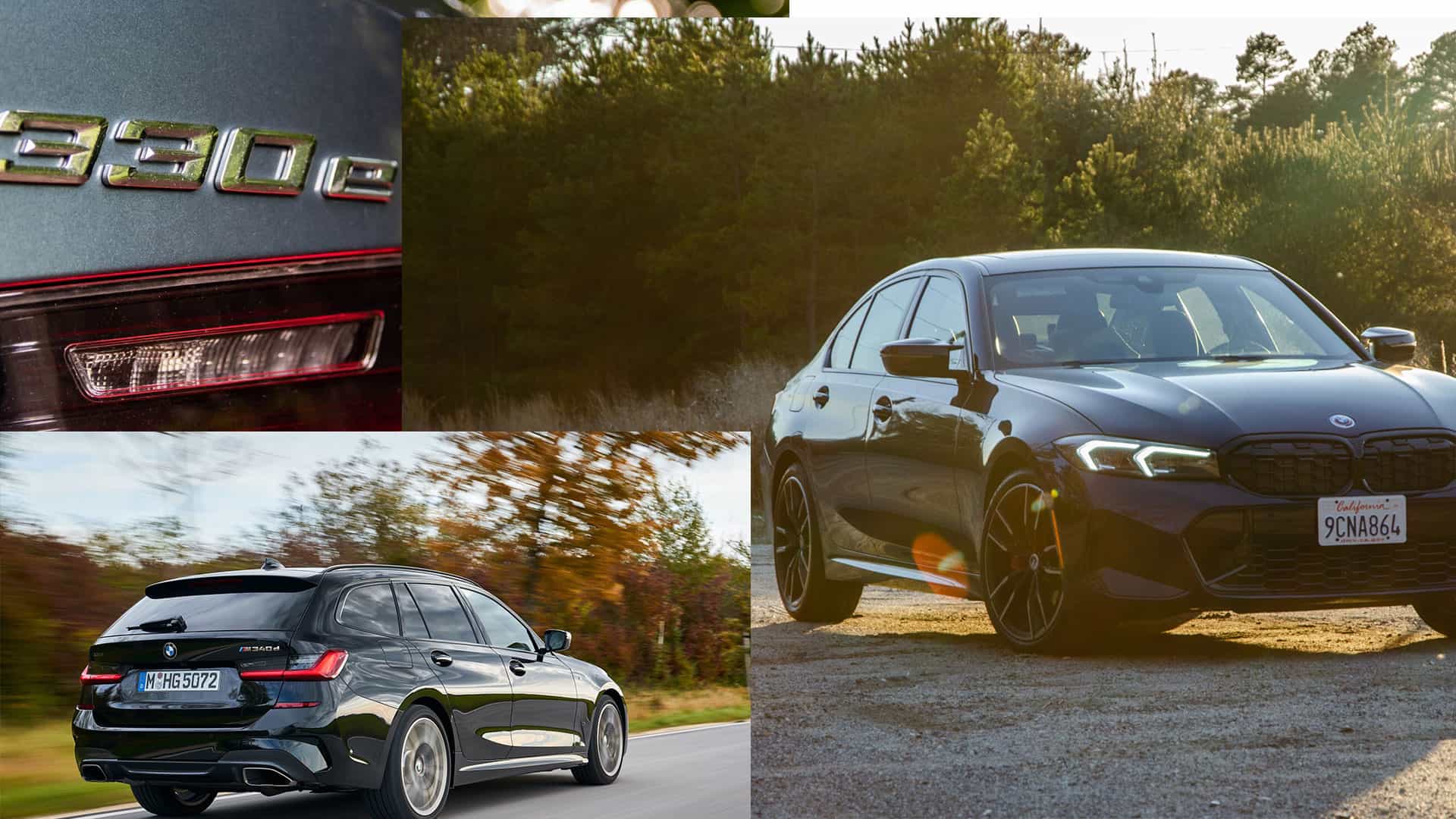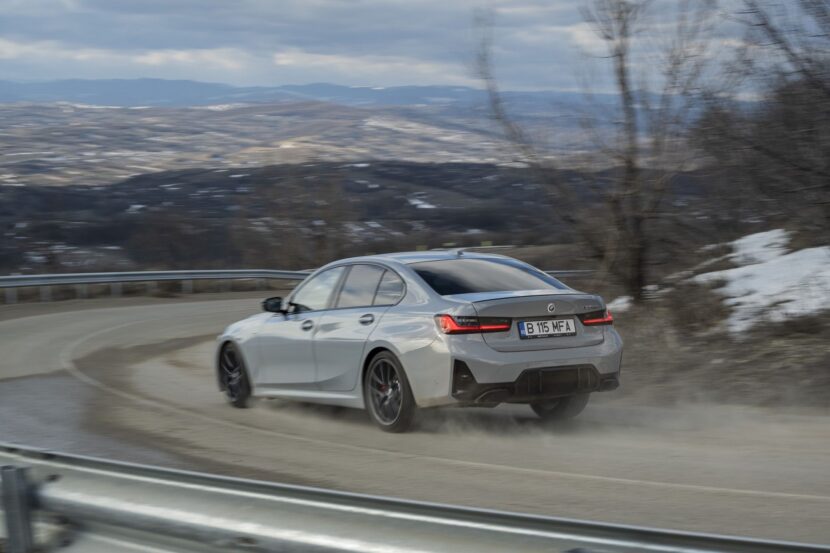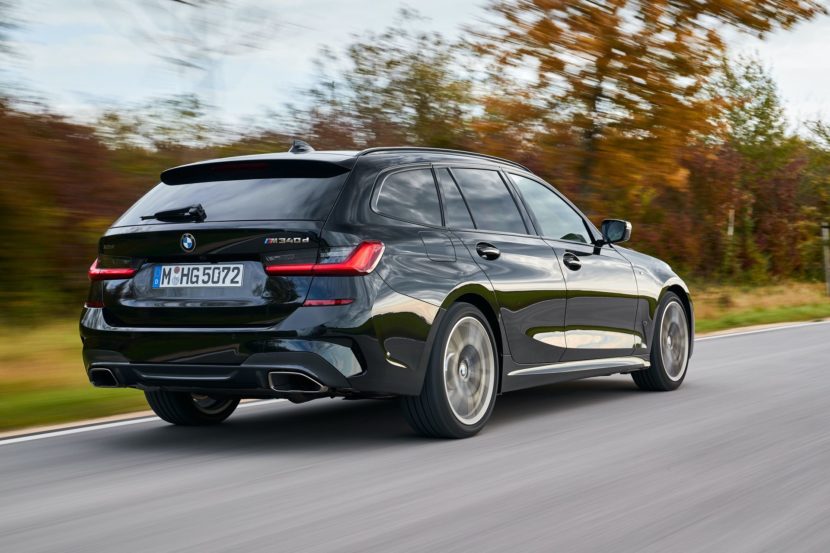In a unique showdown organized by CarWow, the BMW M340i, M340d Touring, and BMW 330e go head-to-head in an unconventional drag race. Typically, the performance hierarchy among these three BMW models is well-defined. The BMW M340i is, in many ways, the mini-M3, with a wonderful engine under the hood and great driving dynamics. So naturally, that sits at the top of the 3 Series lineup.
Next, you have the BMW M340d, a forbidden fruit for those of us living in North America. It’s also in our favorite spec: touring. The torquey 3 Series diesel is always a joy to drive, and if you bundle in the great fuel efficiency, then you’d see why it’s still a popular model in Europe. Lastly, the BMW 330e – the jack of all trades. This is a car that doesn’t necessarily excel at one thing, but it stands out as a whole product: it’s efficient, it’s powerful enough for daily driving and it can be cost effective if it qualifies for EV rebates.
All Three Have Been Tuned
Power wise, the trio can’t be any different. In stock form, the BMW M340i makes 374 horsepower in Europe, followed by the M340d with 340 ponies and 292 hp for the 330e. The M340i and M340d use a six-cylinder powerplant, while the 330e is a four-cylinder turbo. But here comes the twist. Each model has been noticeably improved beyond its factory settings, thanks to software-only modifications by DMS Automotive, each costing around 1,200 euros, leveling the playing field in terms of tuning investment.
The standout on paper remains the BMW M340i, which sees its power surge from 374 hp to an impressive 470 hp, alongside a notable increase in torque to 630 Newton meters. Yet, even with this boost, it still falls short of the M340d’s torque, which starts at 700 Newton meters and, with tuning, escalates to 850 Newton meters, alongside a power jump to 430 hp. The M340d, however, is at a weight disadvantage due to its station wagon body, an issue not faced by those opting for its sedan variant. The BMW 330e, the sole four-cylinder and rear-wheel-drive contender in the mix, undergoes the most dramatic transformation. For the same tuning cost, it achieves 400 hp and 700 Newton meters of torque, a significant leap from its stock performance.
As with most drag races, this one focuses on variety of different scenarios. From the standard 0-62 mph (0-100 km/h) standstill or rolling drag race, to the quarter mile, there is a little bit of fun in each one of these runs. But which one will take the crown home? Let’s find out!







































































